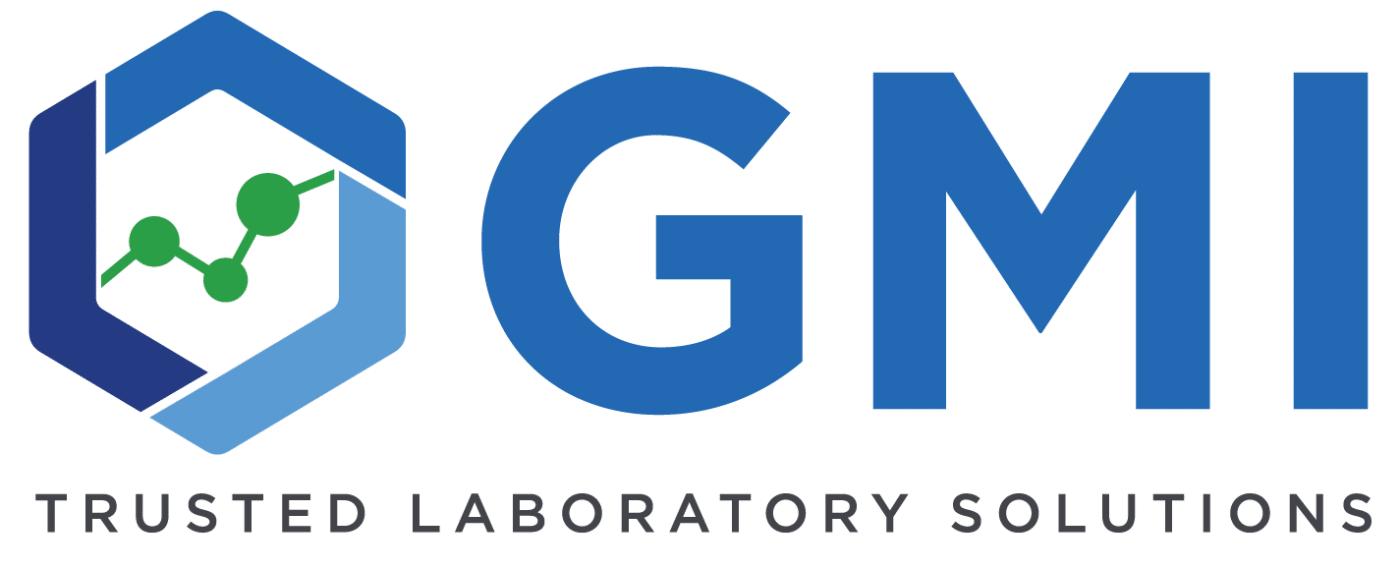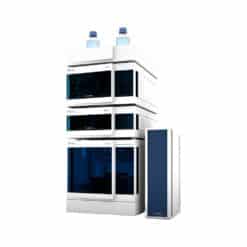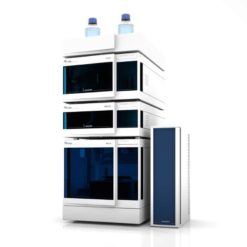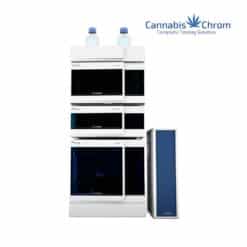No products in the cart.
HPLC, KNAUER, New Laboratory Equipment
Maintenance and Troubleshooting Tips for KNAUER HPLC Systems
High-Performance Liquid Chromatography (HPLC) systems, such as those manufactured by KNAUER, are integral tools in modern analytical laboratories. They enable precise separation, identification, and quantification of compounds in various samples. Proper maintenance and timely troubleshooting are essential to ensure consistent and accurate results. In this article, we’ll delve into the vital maintenance practices and troubleshooting strategies for KNAUER HPLC systems.
GMI repair & serviceMaintenance Tips:
- Regular Cleaning: Regularly clean all components of the HPLC system to prevent contamination and build-up. Clean the injection port, column, and detector according to manufacturer guidelines. Use suitable solvents and cleaning agents to avoid damaging sensitive parts.
- Column Care: The column is a critical component in HPLC systems. Follow proper procedures for column installation, equilibration, and storage. Replace columns as recommended by KNAUER or when performance deteriorates.
- Mobile Phase Preparation: Ensure accurate and consistent results by preparing mobile phases correctly. Use high-quality solvents and filters to prevent particles from entering the system. Regularly replace solvent bottles and purge lines to avoid contamination.
- Pump Maintenance: Check pump seals, pistons, and valves regularly. Lubricate moving parts as needed and follow the recommended maintenance schedule. Inspect for leaks and abnormal pressure fluctuations.
- Detector Calibration: Calibrate detectors periodically using appropriate standards. Follow the manufacturer’s guidelines for calibration procedures. Regular calibration ensures accurate peak identification and quantification.
- Software Updates: Keep HPLC software updated with the latest versions and patches. Newer versions often include bug fixes and improved functionalities. Regular updates enhance system performance and stability.
Troubleshooting Strategies:
- Baseline Noise: If you notice baseline noise, check for loose connections, damaged cables, or electrical interference. Make sure the solvent bottles are adequately pressurized and the flow is consistent.
- Peak Shape Irregularities: Poor peak shapes may indicate column issues or improper sample preparation. Verify column condition, guard column health, and ensure proper equilibration before starting the analysis.
- Pressure Fluctuations: Fluctuations in system pressure can stem from blockages, air bubbles, or worn-out pump components. Inspect the system for leaks, degas the mobile phase, and check pump seals.
- Baseline Drift: Baseline drift might be caused by changes in room temperature, solvent impurities, or detector instability. Maintain consistent room temperature and use high-purity solvents to mitigate these issues.
- Low Sensitivity: Low detector sensitivity could result from a dirty flow cell, degraded lamp, or incorrect wavelength settings. Clean the flow cell, replace the lamp if necessary, and verify the correct settings.
- Unexpected Retention Times: If retention times are inconsistent, verify the mobile phase composition, column temperature, and system pressure. Also, check for leaks in the system that could alter flow rates.
By adhering to these maintenance practices and troubleshooting strategies, you can optimize the performance and longevity of your KNAUER HPLC system. Regular upkeep ensures reliable results and minimizes downtime, empowering your laboratory to maintain the highest standards of analysis and research.
For more detailed instructions and specific recommendations, always refer to the official documentation provided by KNAUER for their HPLC systems.





